
Insider Tips for Thriving Sedum Landscapes!
Published: 18/03/2024 | Updated: 06/05/2024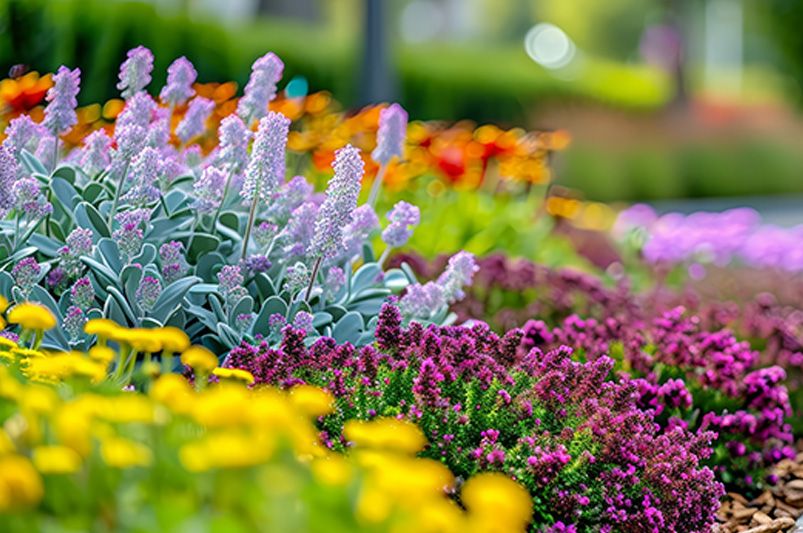
Sedum plants are the low key superstars of the plant world, this hardy plant, a heat loving shrub, comes in a plethora of varieties from Autumn Joy sedum to Lime Zingers that complement any garden-scape. Whether you're looking for a sunny set of yellow flowers, delicate pink flower buds, or sheer green shrubs, sedums deserve a place in any well groomed garden.


Sedum Varieties
Also known as stonecrops, Sedum plants are a pretty diverse bunch of succulents, loved for their colorful flowers, thick juicy foliage, and being such sturdy succulents, they are highly drought tolerant and fare well in almost all weather conditions. You will find creeping sedums that gracefully lounge across rock gardens and walls as well as upright variants that add a dose of lusciousness to any garden bed.
Types
Succulent enthusiasts the world over will happily plant sedum, as they can find at least one kind of sedum to suit every landscape and every personality. From creeping to upright, colorful to monochromatic, there's a sedum for everyone. Let's break down some of the sedum types and which one is right for you.

Creeping Cauticola Sedum
Creeping sedums, such as the Cauticola sedum, are perfect for the busy gardener. Those with precious little time to spare and yet still seek to have a beautiful outdoor space should go for creeping sedums. This variety demands very minimal care and their tendency to gracefully cascade over a multitude of surfaces from rocks to walls or even as groundcover make them the perfect green companion to the no fuss gardener.
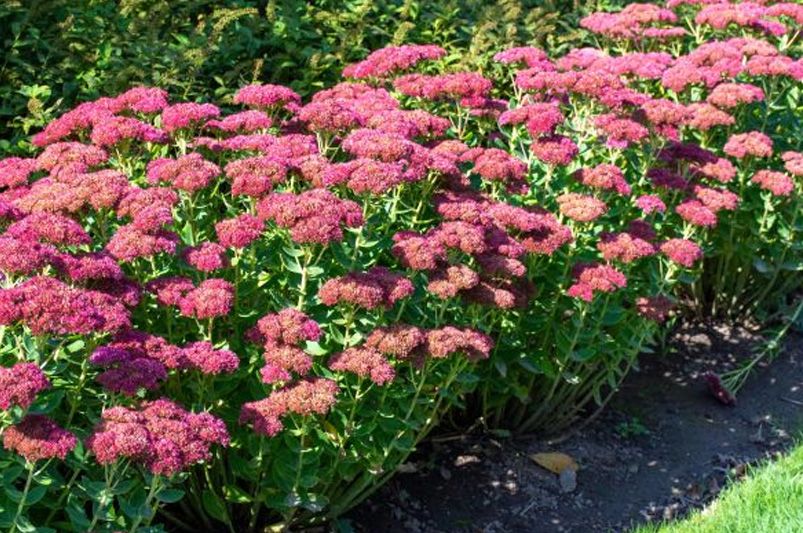
Tall Growing Autumn Joy Sedum
Upright sedum varieties, such as the Autumn Joy sedum, are a great way to add a touch of drama to your space. Gardeners with a keen eye for aesthetics and enjoy drumming up focal points and making a statement with their landscaping will often go for the exotic charm of the taller sedum varieties. Standing tall and proud, these sedums command attention with their fleshy stems and a tendency to let lively clusters of flowers bloom. Adding a powerful vertical element to the garden, they are great for creating visual interest.
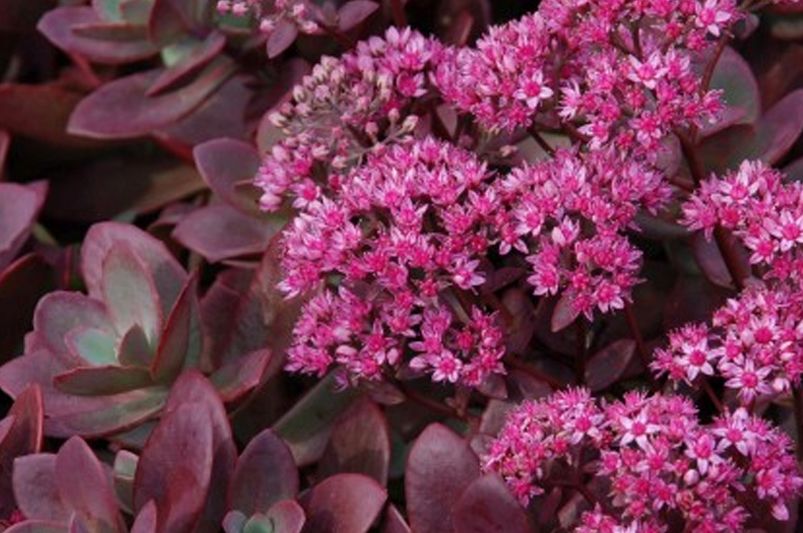
Colorful SunSparkler Firecracker Sedum
Maximalist gardeners who want to include a flush of color into their garden will fall in love with the SunSparkler Firecracker sedum, so named for its lush purple leaves and brightly clustered blooms. The SunSparkler is an ultimate pop of color that complements any garden bed or border, and is the perfect choice for those looking for a plant that takes center stage.
Go Green, Sustainable Sedums
For the more ecologically conscious gardener, there is a native sedum for every state. Native sedums like Sedum Ternatum offer more than good looks. As a species that is indigenous to the United States, they are great options for supporting wildlife and require a minimum amount of water and pesticides since they are already well adapted to local conditions. By choosing native species, your garden can go a long way to reducing your carbon footprint.
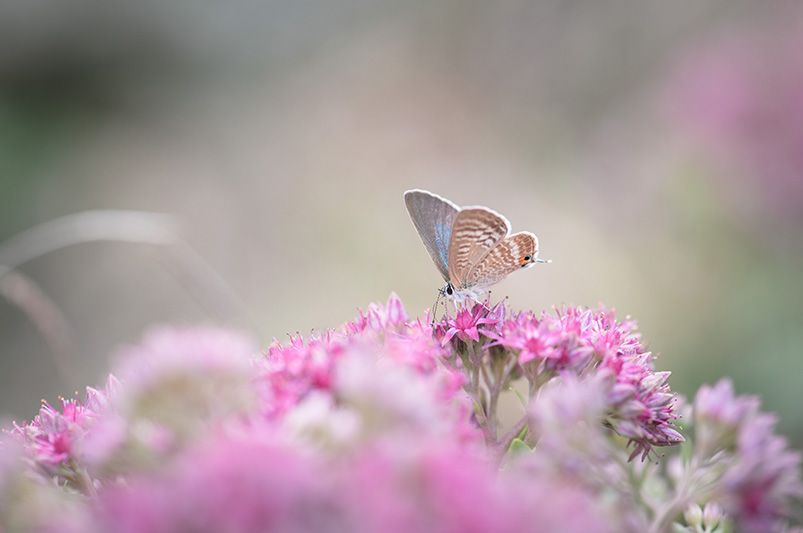
Wildlife's Best Friend
One of the main attractions of the sedum plant is sedum flowers - vibrant blooms that grow in a variety of geometric shapes that some might call celestial or star shaped flowers. Not only do these pretty blossoms attract the admiration of humans but bees and butterflies alike, which makes them an invaluable presence in any micro ecosystem.
Growing Sedum From Seeds
Planting sedum seeds is a pretty foolproof process so even if you're a beginner gardener, sedums are a great way to go. You want to begin by making up a good succulent potting mix that is very well-draining. Sedums are well adapted to dryer conditions so this is key. For best results, we recommend you mix equal parts potting soil and coarse sand or perlite.
Add the tiniest bit of water to the soil and place the seeds evenly along the soil then gently press them into the soil. Mist the soil every now and again to keep it slightly moist and position the seed tray somewhere that receives a lot of indirect sunlight.
Normally, the seeds will begin germinating after a fortnight or so. When you begin to see full leaves, you can transplant them into containers or your garden.
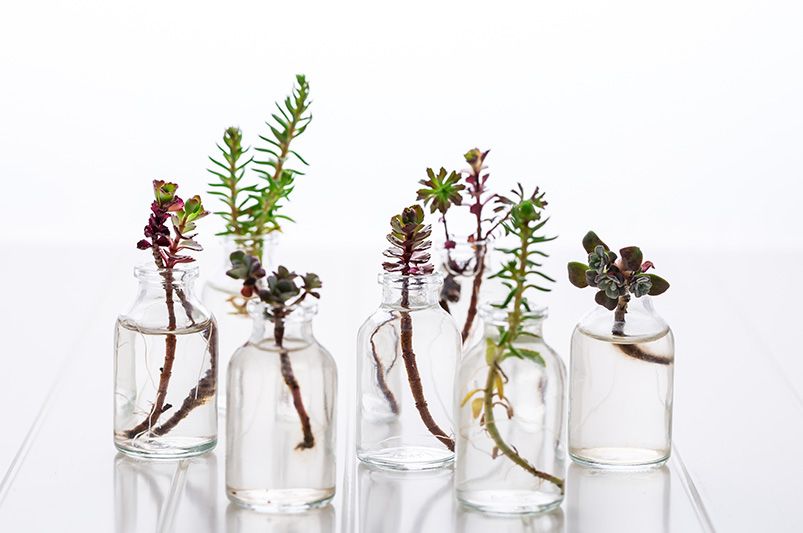
Propagation and Maintenance
Propagation. Once sedums have been established, whether in your garden or indoors, they maintain themselves so they are the perfect plant choice for people with busy schedules who don't want to spend hours tending to their plant buddies. Not only that, but sedums can be easily propagated from cuttings. Once you have a small collection of sedums, the potential for growing a lush succulent garden is endless. You can start rooting sedum cuttings in water, then plant them in soil once there are sufficient roots showing. Plant sedum in the ground before fall, so they have time to become established before the harsh winter months.
How to Get Sedum to Bloom
If you can't wait to see those beautiful starry blooms, give your shrubs all the encouragement they need with at least six hours if full sun every day and go easy on the fertilizer. Low nitrogen fertilizers work best.
Come late spring, you can prune them a little to promote new buds to appear and when you are watering, try to avoid wetting the foliage if possible. If all goes well, your sedums will start showing flowers in late summer and early fall, depending on the species
Like most succulents, they tend to prefer more arid conditions, but given their robust nature, sedums are the ultimate beginner-friendly plant so provided you place them in well-drained soil and ample sun, they will grow to full-height healthy shrubs. The one thing we would warn against is overwatering which can potentially cause root rot and powdery mildew, but other than that, you're golden.
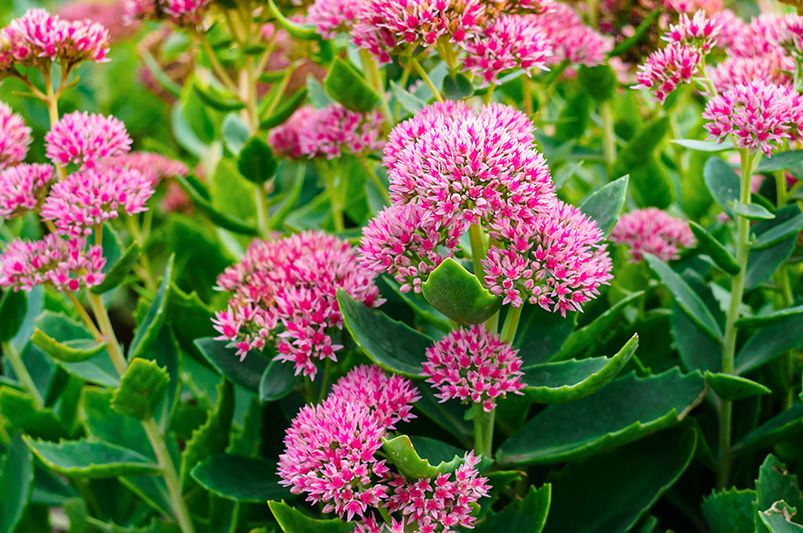
Landscaping
These incredibly versatile species can be adapted to pretty much any landscape design. They are first choice for rock gardens with their low growing habits while taller varieties make for beautiful focal points, they add a bit of height, drama and a touch of exoticism with minimal effort. Further still, they make excellent ground covers so you can do away with the lawn altogether should you so please - the wildlife will thank you for it.
Challenges
Although sedums are as low maintenance as they come, no plant is free of its challenges. As we mentioned before, you want to be mindful of the amount of water they receive to avoid root rot and if you place them in shaded areas that don't receive quite enough sun, it can delay flowering to some degree. Finally, taller sedums can, left to their own devices grow to be a little leggy, but thankfully that is easily curbed with pruning.
Dream of A Sedum Garden? We're Listening!
With their stunning colors, easy maintenance and adaptability to almost any climate conditions, we love our sedums. If you're a beginner or just prefer to have a worry-free garden, they really are the perfect choice to add a pop of color, a bit of drama, or just lush greenery for days, you really can't go wrong with these amazing shrubs.
Grow Your Best Garden Ever – with Expert Landscape Artists
Looking for one-on-one advice for your garden? Our team of landscape experts are here to bring your dream garden to life. You bring the vision, we'll bring the know-how! If you sign up now, you'll get 70% percent off for your first garden design. It doesn't get better than that.


